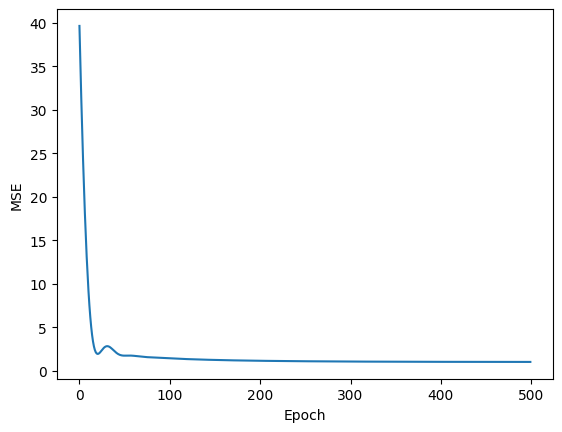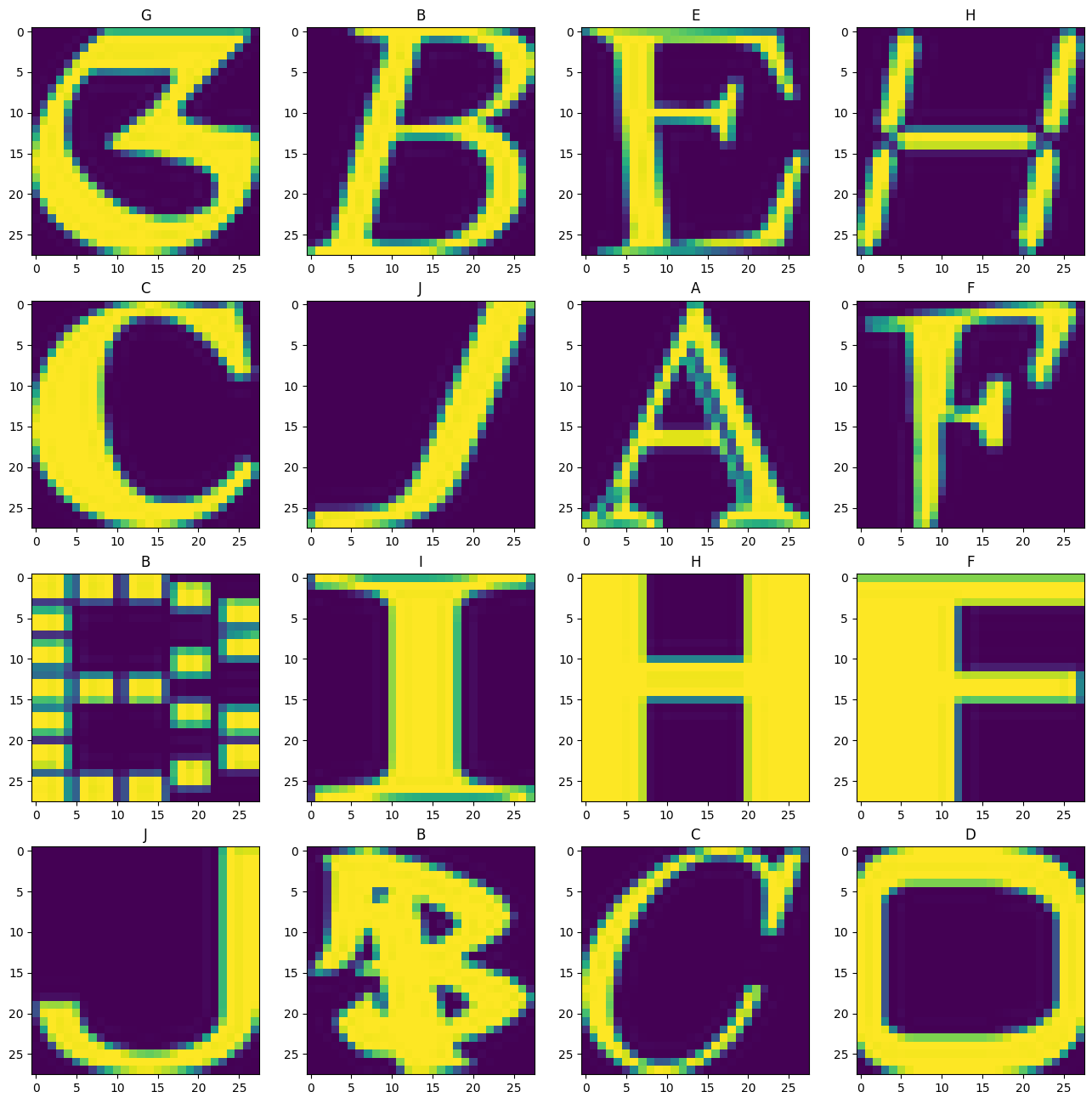Examples#
Here are examples showing solutions to various problems using pytorch. Here are examples I have created or taken from somewhere.
import torch
from torch import nn, optim
from pathlib import Path
from random import sample
import matplotlib.pyplot as plt
Linear regression#
Linear regression can be represented as a single linear layer in a neural network. Let’s consider a simple exercise - building linear regression with PyTorch.
Data#
Consider the data used in this example.
The following cell generates random \(X\) and \(y = Xw+b+\varepsilon\). Here:
\(w\): true value weights of the features.
\(b\): bias.
\(\varepsilon \sim N(0,1)\): random noise.
\(w\) and \(b\) are also generated values. We’ll investigate how well we can reproduce them using PyTorch.
n_features = 5
n_objects = 10_000
w_true = torch.randn(n_features)
bias_true = torch.normal(5, 1, size=(1,))
X = torch.rand(n_objects, n_features)
Y = X @ w_true + bias_true + torch.normal(0, 1, size=(n_objects,))
Lets wathc at what we got.
X[:5], Y[:5]
(tensor([[0.9013, 0.8299, 0.0648, 0.2610, 0.1127],
[0.4858, 0.3008, 0.3360, 0.3647, 0.3504],
[0.3301, 0.7974, 0.6802, 0.2350, 0.6761],
[0.3001, 0.4789, 0.1461, 0.6243, 0.0102],
[0.4758, 0.3183, 0.7421, 0.7753, 0.6531]]),
tensor([3.5923, 4.4436, 6.2621, 4.3530, 6.1287]))
Fit model#
The following cell defines and fits the model to the generated data.
net = nn.Linear(in_features = n_features, out_features = 1, bias = True)
optimizer = optim.Adam(net.parameters(), lr = 0.1)
loss_fn = nn.MSELoss()
loss_values = []
for i in range(500):
optimizer.zero_grad()
# forward path
output = net(X)
# loss compution
loss_val = loss_fn(output.ravel(), Y)
loss_values.append(loss_val.item())
# packward path
loss_val.backward()
optimizer.step()
plt.plot(loss_values)
plt.xlabel("Epoch")
plt.ylabel("MSE")
plt.show()

Finally, let’s check if the parameter estimations correspond to the actual values of the parameters.
parameters = list(net.parameters())
print("True weights " , w_true)
print("Estimated weights", parameters[0].data)
print()
print("True bias ", bias_true)
print("Estimated bias ", parameters[1].data)
True weights tensor([ 0.7783, -0.4558, -0.4043, 0.5330, 2.5738])
Estimated weights tensor([[ 0.7635, -0.3366, -0.3066, 0.5792, 2.6464]])
True bias tensor([4.2397])
Estimated bias tensor([4.0719])
Symbols classification#
Cosidered task of classification for pictures that contains symbols. Check at this page.
This cell demonstrates how to accomplish the task. It includes images labeled with descriptive titles.
fig, ax = plt.subplots(4, 4, figsize=(16, 16))
data_folder_path = (
Path("examples")/
"symbols_classification_files"/
"notMNIST_small"
)
iterator = enumerate(sample(list(data_folder_path.glob("**/*.png")), 16))
for i, img_path in iterator:
img_label = img_path.parts[-2]
try:
image = plt.imread(img_path)
except SyntaxError:
continue
row = i//4
col = i%4
ax[row][col].imshow(image)
ax[row][col].set_title(f"{img_label}")

